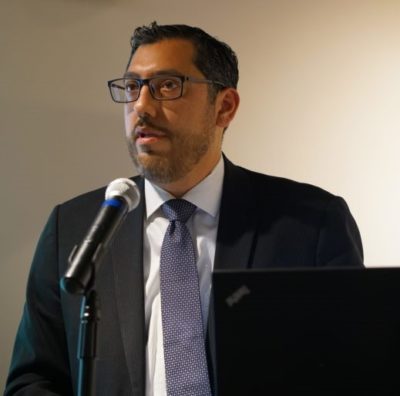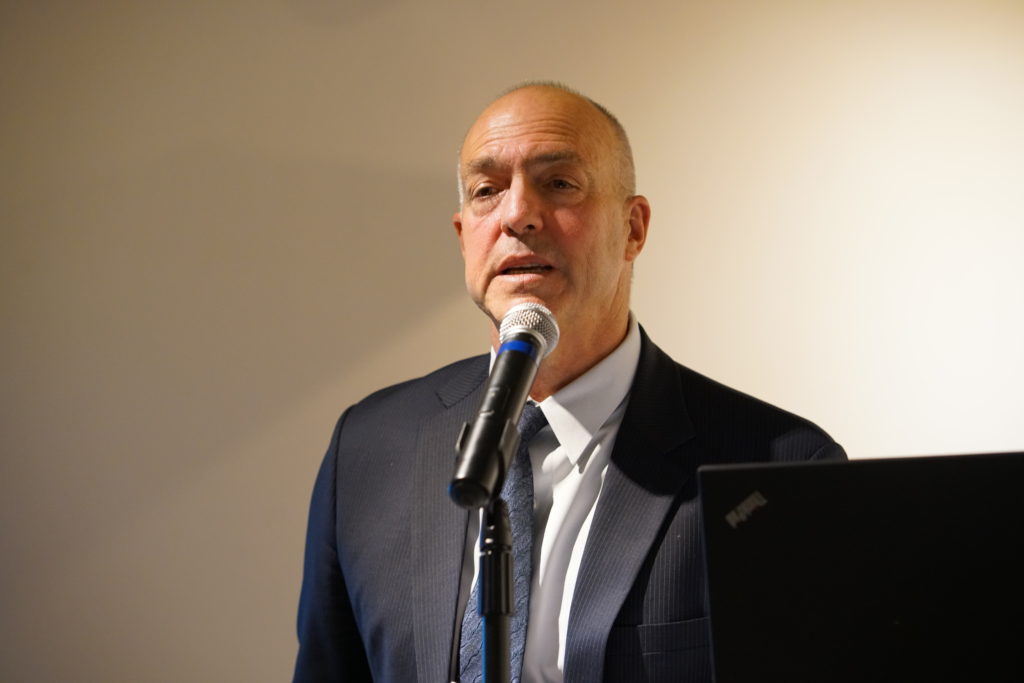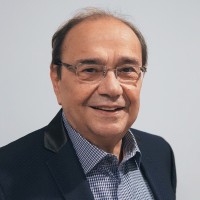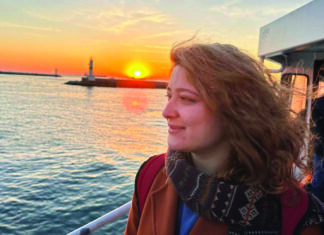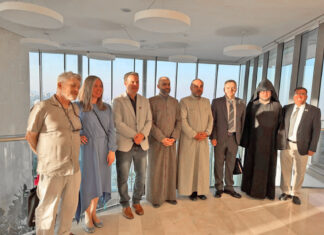WATERTOWN – The effects of the Armenian Genocide on successive generations are comprehensive, yet too often only the destruction of human life is considered and not the accompanying cultural effects. Two legal experts, Karnig Kerkonian and Nicholas Koumjian, discussed this cultural dimension from the perspective of jurisprudence on March 20 at the Armenian Museum of America in a colloquium called “Reclaiming the Forgotten Survivors of Genocide: Legal Perspectives on the Fate and Future of National Artifacts, Collective Identity and Cultural Markers.”
Kerkonian currently leads the international practice group at Kerkonian Dajani LLC, focusing on international transactions, foreign sovereign immunities litigation and commercial sanctions regime matters. He holds an A.B. magna cum laude in Government from Harvard University and two law degrees—a J.D. from the University of Chicago and a post-doctoral Diploma in International Law from Cambridge University. Kerkonian joined Mayer Brown LLP in Chicago working on federal litigation and appeals and, in 2003, began his own practice.
Koumjian is the international co-prosecutor in the Extraordinary Chambers in the Courts of Cambodia. From 2007 to 2013, he was trial counsel and Senior Appeals Counsel for the prosecution of Charles Taylor, former President of Liberia for crimes in Sierra Leone. He previously served as the chief prosecutor for the UN-staffed and funded Serious Crimes Unit in East Timor and worked as a trial lawyer at the International Criminal Tribunal for the Former Yugoslavia (ICTY), the State Court of Bosnia and Herzegovina and the International Criminal Court (ICC).
After an introduction from Jennifer Liston Munson, new executive director of the Armenian Museum of America, Kerkonian delivered a talk on what he called “The Dignity Discourse,” to the accompaniment of PowerPoint illustrations. His focus was on the civil context of jurisprudence. He attempted to provide some lessons from the work of the European Court of Human Rights.
Kerkonian declared that Armenians after the Genocide are living in a post-traumatic period which affects their perception and even clouds their view of their own identity. The purpose of genocide is in part this, he pointed out: to erase the people but also to erase the nation in the minds of the people who remain. Territory is only the beginning of what survivors have lost, Kerkonian said, and placed his focus on cultural markers, which are shared features such as language and cultural values. There are opportunities for mitigation, to save and give rebirth through civil litigation, which Kerkonian called, “litigating for human dignity.”
The European Convention on Human Rights provides one good place to start, he said. Article 8 Paragraph 1 proclaims, “Everyone has the right to respect for his private and family life, his home and his correspondence.” Kerkonian provided resumes of several recent cases in the European Court of Human Rights which on the surface have no connection with Armenians and their genocide, but which turned out to point a way toward protecting Armenian rights, traditions and the reputation of their ancestors.



